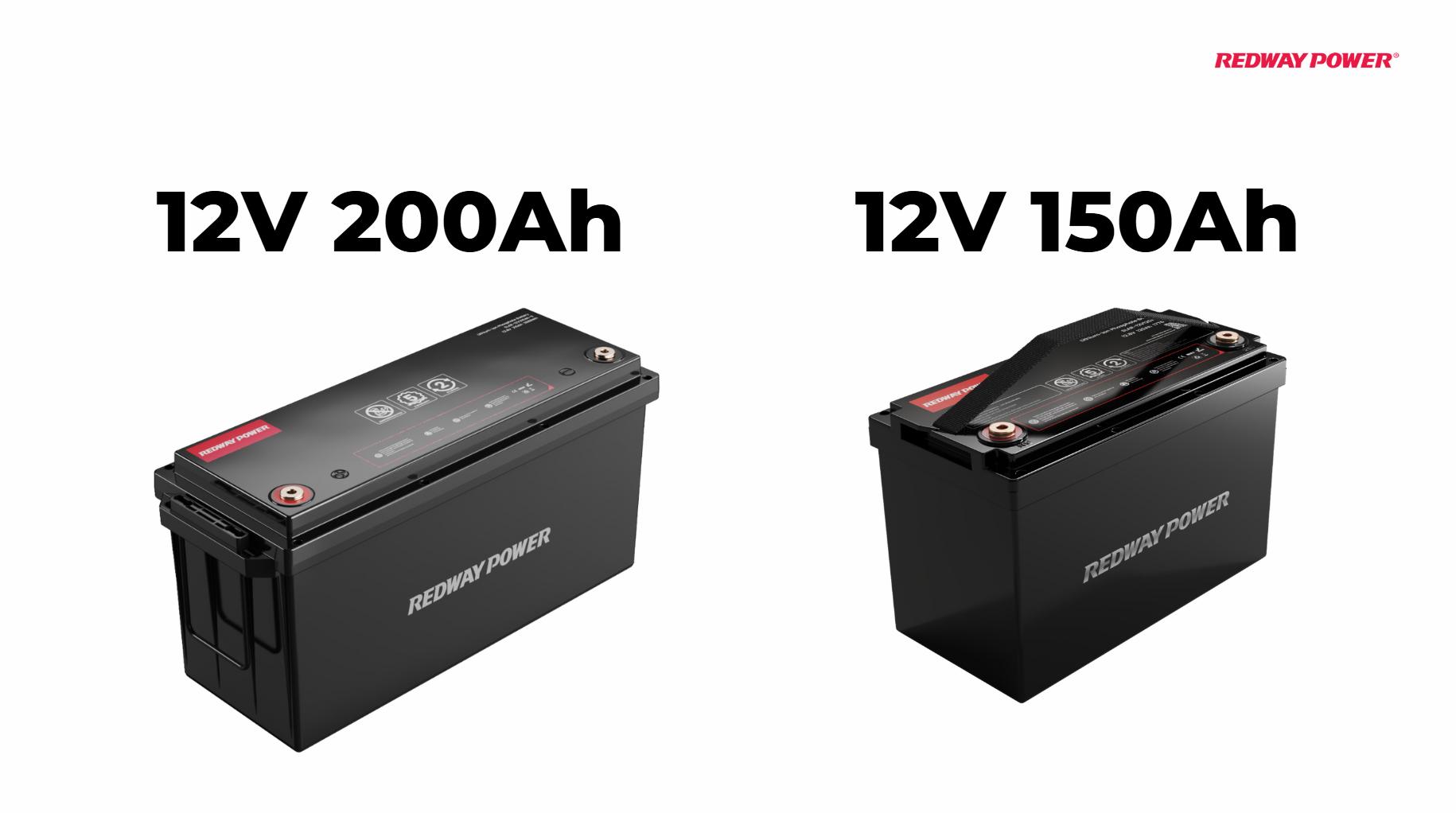Do Wall Mounted Air Conditioners Use a Lot of Electricity?
Yes, wall-mounted air conditioners can consume a significant amount of electricity, typically ranging from 500 to 1,500 watts depending on the model and cooling capacity. While they are generally more energy-efficient than older models, their usage can still lead to noticeable increases in electricity bills, especially during peak summer months.
Understanding Electricity Consumption of Wall Mounted Air Conditioners
Wall-mounted air conditioners are a popular choice for many homeowners due to their efficiency and ease of installation. However, understanding their electricity consumption is crucial for managing energy costs and making informed decisions about cooling solutions. This section explores the factors influencing electricity usage and provides insights into energy efficiency.
1. Power Ratings and Consumption
The power consumption of wall-mounted air conditioners varies based on their cooling capacity, measured in BTUs (British Thermal Units). Higher BTU ratings typically indicate greater cooling power but also higher electricity usage.
| AC Unit Type | Cooling Capacity (BTU) | Power Consumption (Watts) |
|---|---|---|
| Small Room Unit | 5,000 | 500-600 |
| Medium Room Unit | 8,000 | 800-1,000 |
| Large Room Unit | 12,000 | 1,200-1,500 |
2. Energy Efficiency Ratings
Energy efficiency is a critical factor in determining how much electricity an air conditioner will use. The Seasonal Energy Efficiency Ratio (SEER) measures this efficiency. Higher SEER ratings indicate better energy performance.
| SEER Rating | Efficiency Level | Expected Annual Cost Savings |
|---|---|---|
| Below 13 | Poor | Higher costs |
| 13 – 16 | Moderate | Average savings |
| Above 16 | Excellent | Significant savings |
3. Usage Patterns
The amount of electricity consumed also depends on how often and how long the unit is used. For example:
- Frequent Use: Running the unit continuously during hot weather will increase energy consumption.
- Temperature Settings: Lowering the thermostat significantly can lead to higher energy use.
| Usage Pattern | Impact on Electricity Use |
|---|---|
| Continuous Operation | High |
| Intermittent Use | Moderate |
| Higher Temperature Setting | Low |
Latest News
Recent trends in air conditioning technology have focused on improving energy efficiency and reducing electricity consumption. Key developments include:
- The introduction of smart thermostats that optimize energy use based on occupancy and preferences.
- Advances in inverter technology that allow units to adjust power consumption dynamically.
- Growing consumer interest in eco-friendly refrigerants that enhance system efficiency without harming the environment.
Redway Expert Comment
At Redway Battery, we understand that managing energy consumption is essential for homeowners seeking comfort while minimizing costs. Our expertise in lithium LiFePO4 battery technology allows us to provide solutions that enhance the efficiency of various appliances, including wall-mounted air conditioners. Investing in energy-efficient systems can lead to significant savings over time.”
Relation to Other Redway Battery Products
The discussion around the electricity consumption of wall-mounted air conditioners relates closely to several products manufactured by Redway Battery:
- Lead-acid Replacement Batteries: Our lithium options provide superior performance for backup power solutions during outages when air conditioning is critical.
- Portable Power Stations: These units can serve as backup power sources for wall-mounted AC units during emergencies or outdoor events.
- Home ESS (Energy Storage Systems): Properly sized energy storage solutions can complement HVAC systems by storing energy for cooling during peak demand times.
For clients seeking wholesale or OEM requirements, we recommend the Redway Lithium LiFePO4 Battery, which offers excellent performance and longevity when paired with energy-efficient cooling solutions.
Top 5 Alternatives or Competitors in Air Conditioning Options
When considering alternatives to Redway Battery’s offerings related to air conditioning solutions, here are five notable competitors:
| Competitor Name | Product Available |
|---|---|
| Redway Battery | Yes |
| LG Electronics | Window & Wall-Mounted Units |
| Mitsubishi Electric | Ductless Mini-Split Systems |
| Daikin | Wall-Mounted AC Units |
| Panasonic | Inverter Air Conditioners |
These companies provide various air conditioning solutions suitable for diverse applications, ensuring customers have multiple options based on their specific needs.

